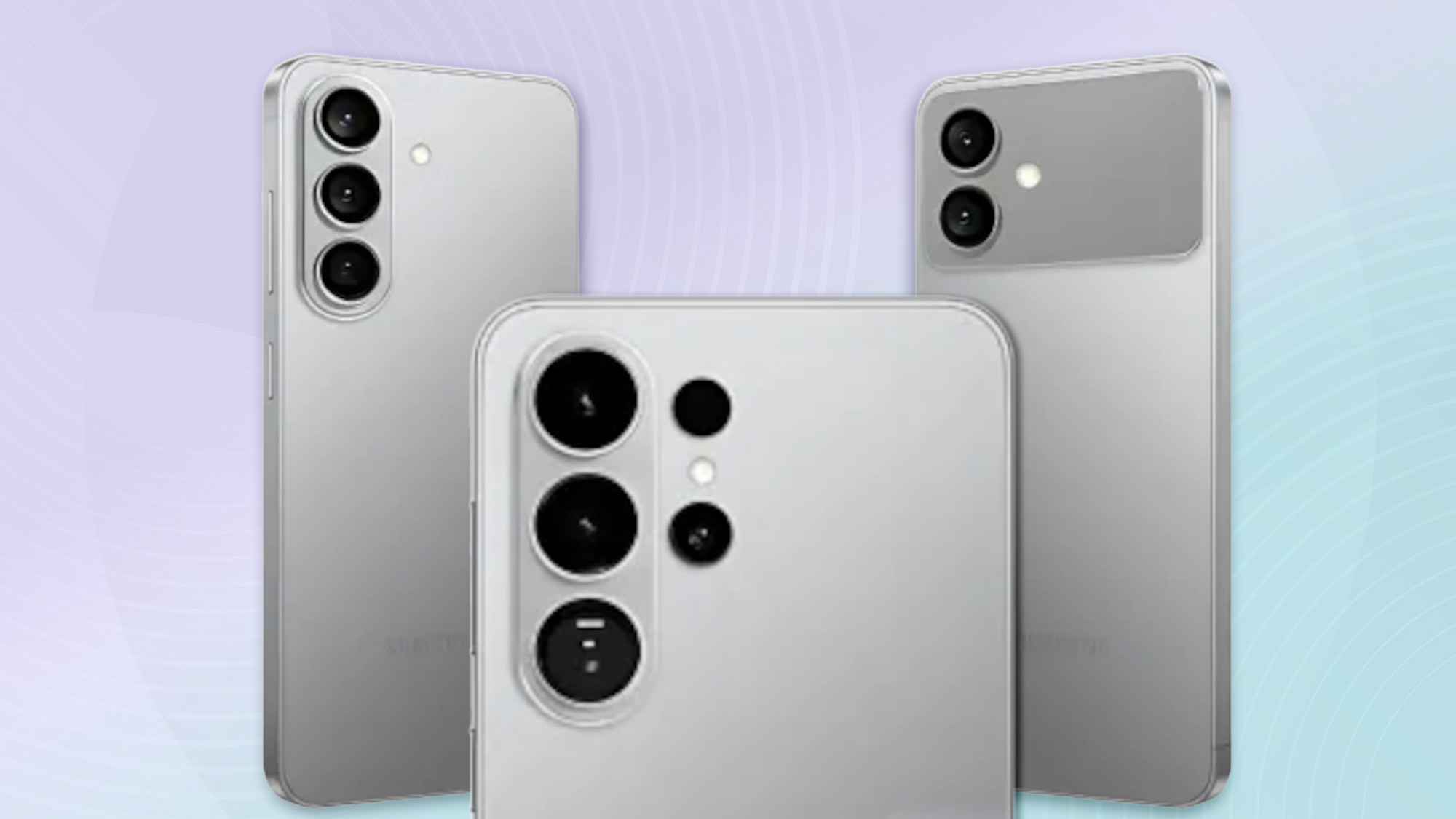Tom's Guide Verdict
Marshall’s latest version of its on-ear wireless headphones have the longest battery life we've seen and sound better than many luxury wireless alternatives, but comfort and functionality could be better.
Pros
- +
Class-leading battery life
- +
Enjoyable signature sound
- +
Retro and foldable design
- +
Innovative knob control
Cons
- -
Uncomfortable to wear for long periods
- -
No noise reduction
- -
Limited features and buggy control app
Why you can trust Tom's Guide
Price: $149 / £129 / AU$259
Color: Black
Battery life (rated): 100 hours
Connectivity: Bluetooth 5.3 with SBC, AAC, LC3
Size: Not specified
Weight: 6.56 ounces
Marshall has assembled some of the most iconic audio equipment in the world, from guitar amps to drum kits to stage speakers. Even their headphones and Bluetooth speakers have become a favorite among audio fans and musicians.
The Major V are the company’s latest on-ear wireless headphones that combine signature sound and design with some of the longest battery life we’ve seen in the category: up to 100 hours per charge. While audio and craftsmanship meet brand criteria, other areas fall short of industry standards, specifically comfort and features.
Scroll down to see whether the Marshall Major V are still worth the investment and how they compare to the best wireless headphones on the market.

Marshall Major V review: Price & availability
- $20 price increase over predecessor
- Only available in black
The Marshall Major V can be purchased for $149 / £129 / AU$259 from the Marshall website or online retailers like Amazon, Best Buy, and Crutchfield. Black is the only color option available.
The Marshall Major V headphones introduce a $20 price hike over their predecessor, but they're still lower than several of the best headphones including the recently launched $199 Beats Solo 4. Although they’re more costly than bargain wireless headphone gems such as the $59 Sony WH-CH520, which rank as the best budget option among the best cheap headphones on the market right now, the price feels about right given the retro style and foldable headband design.
Marshall Major V review: Design
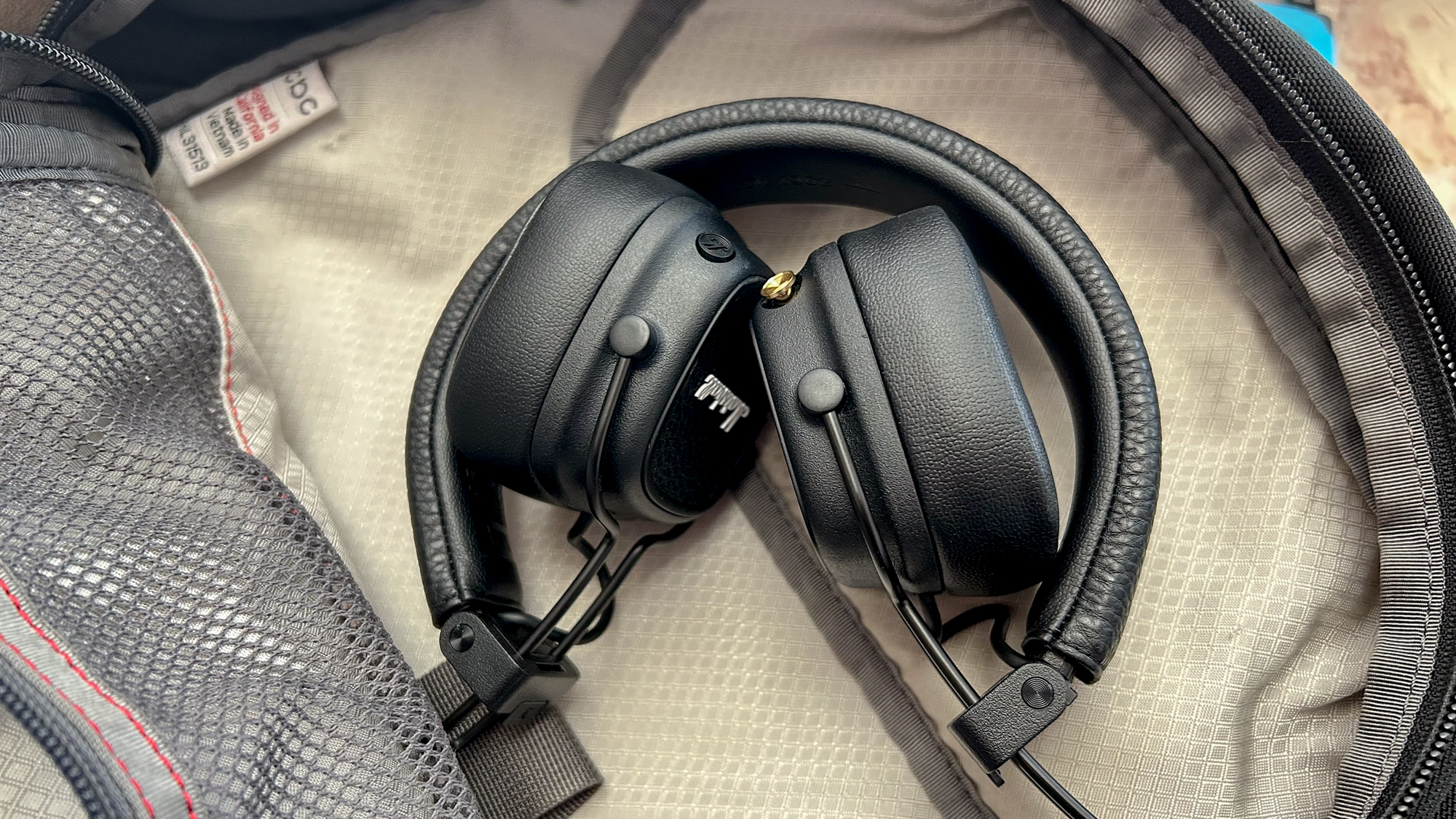
- Retro style with signature look
- Light and foldable
- High clamping force may be uncomfortable for some
Only one detail differentiates the Major V from its predecessor: the grainier faux leather finish on the earcups and headband. Other than that, these cans share the exact minimalist look and composition of the Major IV. Marshall retained hallmarks such as the brass knob, plush padding, script logo, slightly rounded earcups, and thin-wired yokes. These are some of the more compact on-ear headphones out there and they collapse inward for convenient storage, which is huge since there’s no carrying case or pouch in the box.
Weight is incredibly light at 6.5 ounces. The headphones don’t feel cumbersome on the head or around the neck. Unfortunately, comfort is a completely different story. As with the previous release, these cans have tight clamp force that applies unwanted pressure around the ears and causes soreness after about 2 hours of use.
Get instant access to breaking news, the hottest reviews, great deals and helpful tips.
Marshall Major V review: Features
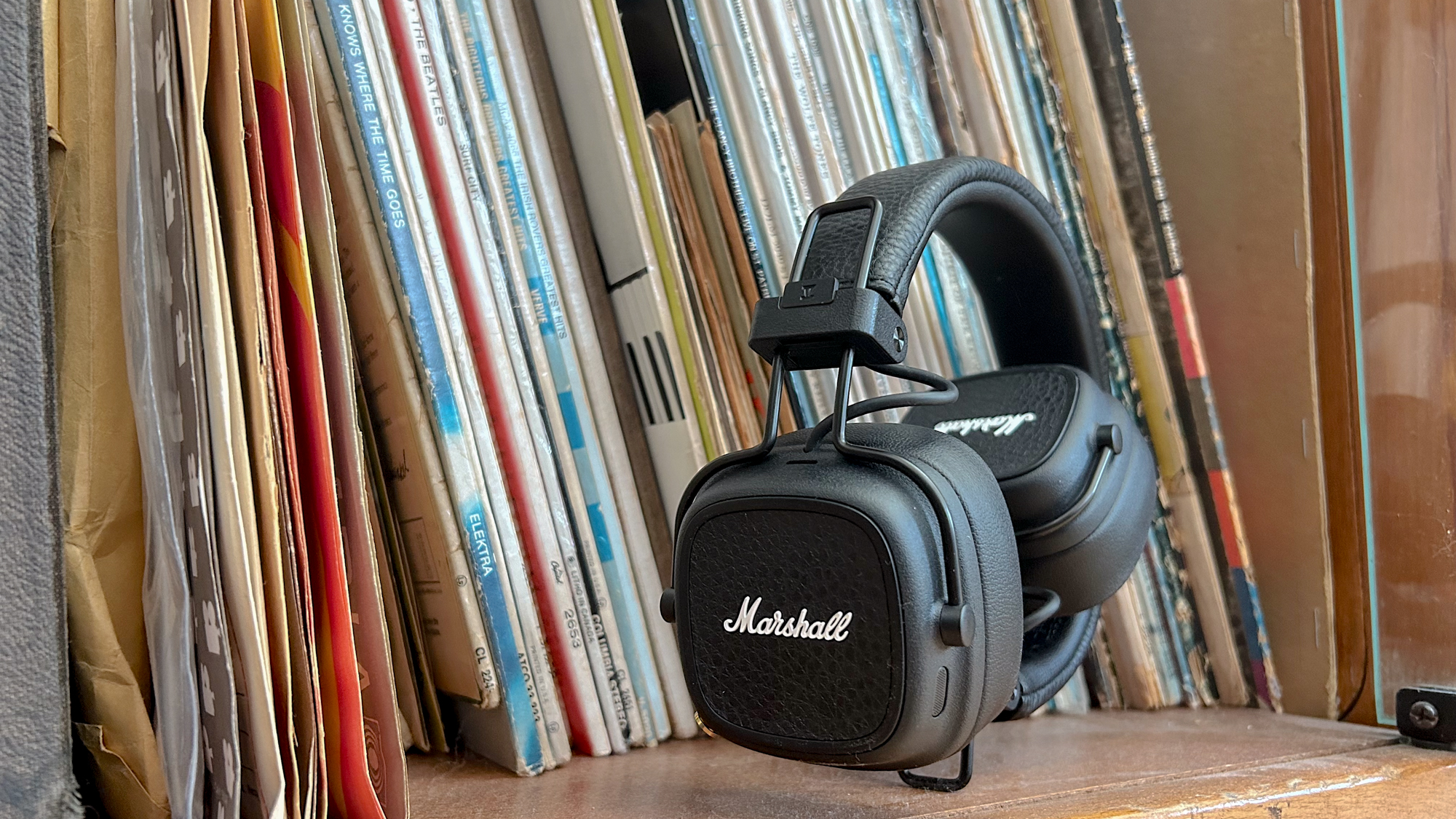
- Control app needs more features
- Multipoint connectivity, but sometimes slow to connect
Marshall’s companion app often experiences connection issues and takes a minute to recognize the Major V. When working, it brings a handful of features to the table, including a battery level indicator, customizable EQ with multiple well-engineered presets, control assignment, and multiple battery saving modes (more on that later). This is fine for standard use, but the massive feature sets found on most bargain headphones have us wanting more from the Major V.
Outside of the app are cool wireless features such as Bluetooth multipoint to pair to two devices simultaneously and one-tap Google Fast Pair. Wireless range extends up to 50 feet.
Marshall Major V review: Controls
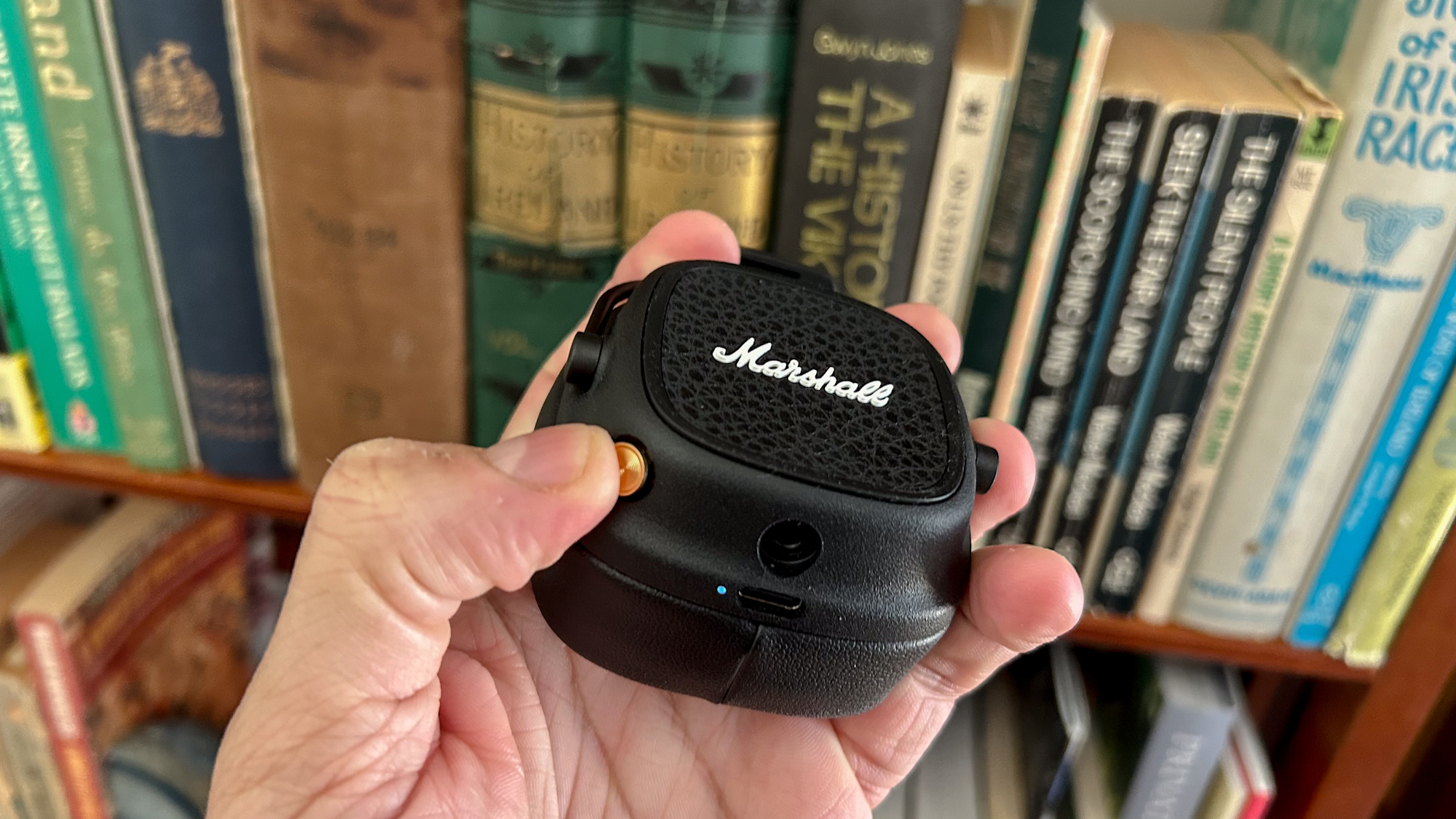
- Trademark knob controller operates flawlessly
- Useful shortcut button for EQ, voice assistant or Spotify Tap
You don’t need touch controls when you have an intuitive input method like Marshall’s knob controller that enables different functions via directional gestures or presses. Call management, digital assistance, playback, power/pairing, and volume can all be activated manually. There’s an ‘M’ button that acts as a shortcut for the EQ, voice assistant, or Spotify Tap, though the latter doesn’t seem to work (at least not on my test unit). Both buttons create solid tactile feedback to ensure intended commands are met with every action. Google Assistant and Siri perform well for voice commands.
Marshall Major V review: Sound quality
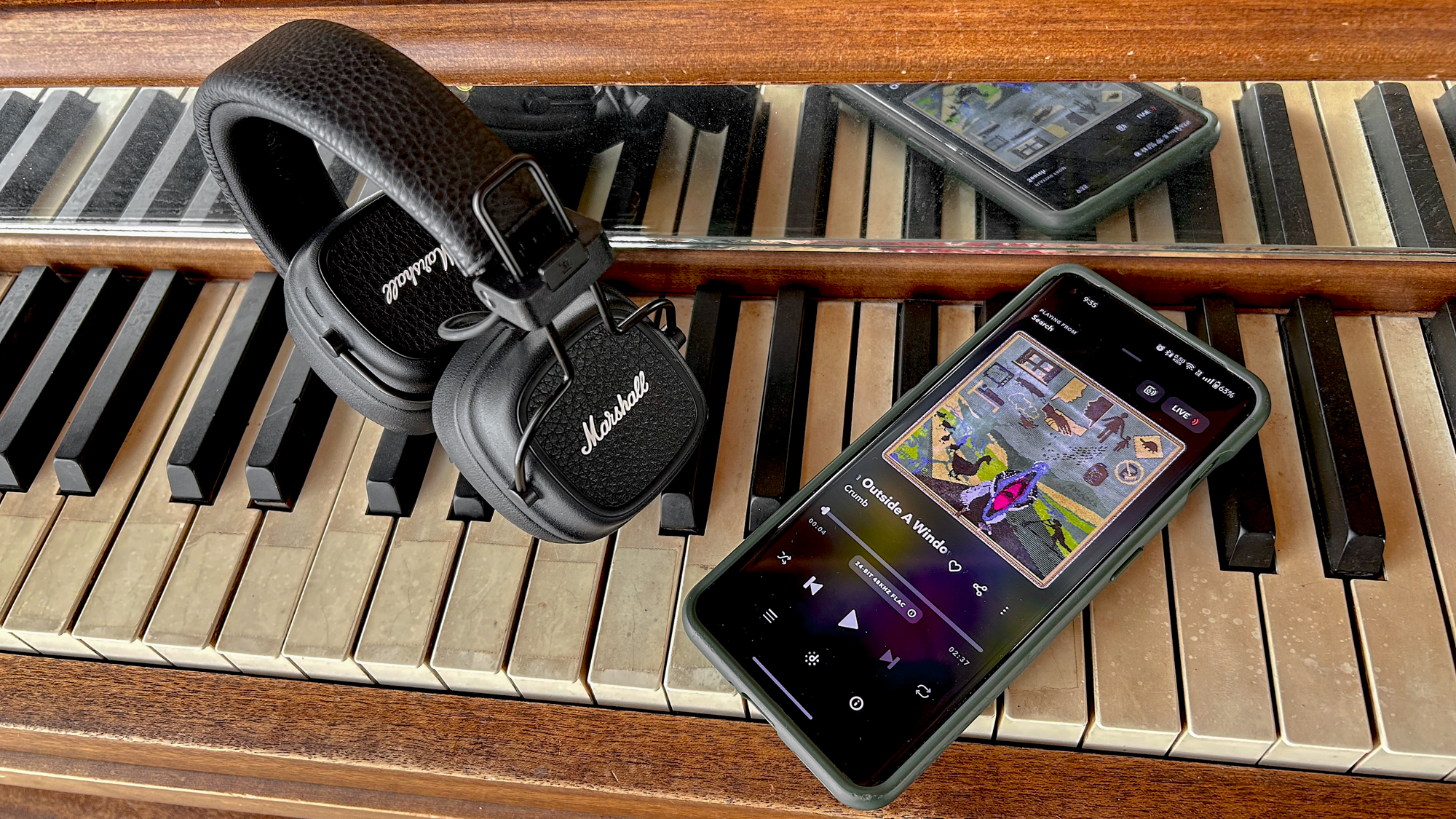
- Clean, airy sound
- Poor noise isolation
- Excellent voice calling
Marshall’s crisp and dynamic soundstage is ideal for meticulous listeners who desire detail and depth. You must be in quiet environments to enjoy full audio consumption since the on-ear design lets in a lot of background noise.
Indie pop tracks like Crumb’s “From Outside A Window Sill” showcased the Major V’s exceptional frequency range. The melodic drum mix with synth patches culminated in resonant lows that blended superbly with remarkable mids (the angelic vocals sound beautiful). Even the tinny hi-hats were more pronounced on these headphones than on high-end models like the AirPods Pro Max.
Moving onto bassier selections, the Major V delivered terrific reverberation on Kehlani’s “Water,” which features pulsating 808 drums that steadily bang against your eardrums and merge smoothly throughout the recording. “Thunderstruck” by AC/DC had emphatic percussion; the drums and marimbas produced vibrant lows that didn’t overshadow the wailing vocals. Marshall’s signature EQ is the most well-rounded of the batch, but some of the other presets are useful for their respective purposes. Mid Boost did a fantastic job of enhancing the midrange.
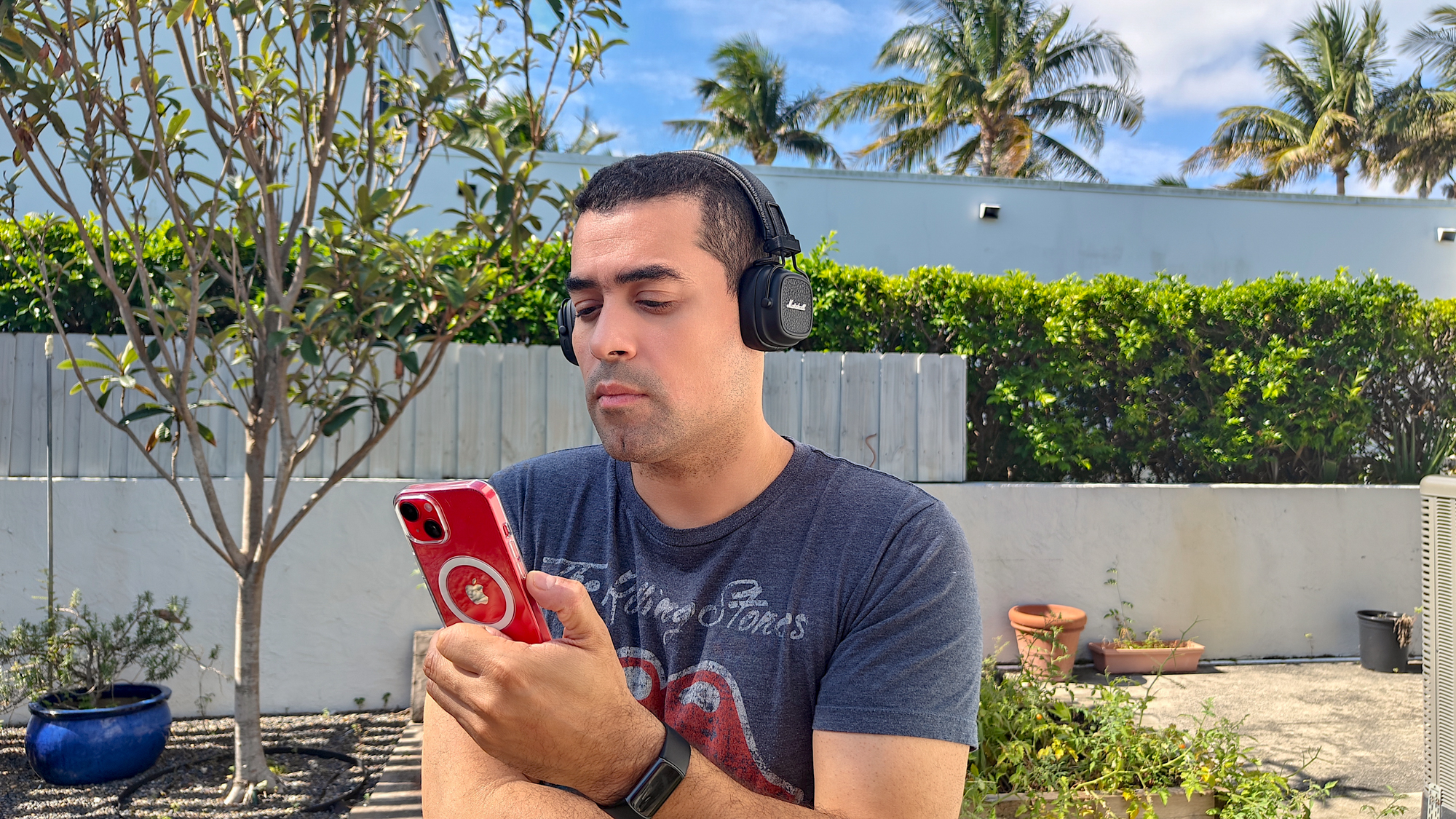
Tracks played smoothly on the best music streaming services when listening on Apple (AAC) and Android (SBC) devices. There's no aptX Adaptive or Lossless audio support for higher quality audio signal handling over Bluetooth, but the Major V headphones come LE Audio-ready for audio sharing via Auracast technology, which acts as a hotspot to connect to public broadcasts easily.
If you’re someone who wants complete silence when jamming out to Tidal playlists, then the Major V aren’t for you, due to their weak noise isolation. Every incidental sound that occurs around you will creep onto the soundstage.
I never thought the Major V would be a great calling headset, but Marshall proved me wrong. Several calls were met with positive feedback. Friends and family mentioned how loud and clear I sounded over noisy backdrops. Marshall’s mics emphasized voice capture over ambient noise.
Marshall Major V review: Battery life

- Longest battery life of any headphone we’ve tested
- Robust charging features
A full charge equates to 100 hours of use. I’ve only seen two on-ear rivals come close to matching this playtime: the Anker Soundcore H30i (70 hours) and sibling Major IV (80 hours). Bear in mind too, that this crushes luxury noise-cancelling headphones like the Bose QuietComfort Ultra Headphones (24 hours) and Sony WH-1000XM5 (up to 40 hours).
Even more impressive are the extended charging capabilities. On top of having some of the strongest quick-charging technology (a 15-minute charge = 15 hours of use), the Major V can be wirelessly charged using any Qi-enabled charging pad. I’ve been using the headphones for 7 hours daily over the course of a week and still have about 45% of juice left in the tank.
Battery Preservation mode extends playtime by limiting the charging speed (no more than 90%) to prolong the battery’s lifespan, while the Standby Time setting can automatically turn off the headphones when idle or disconnected after a set time.
Marshall Major V review: Verdict
Marshall's Major V headphones aren’t the massive upgrade brand enthusiasts anticipated, but they’re still a solid pair of on-ear headphones with legacy sound that perfectly matches their sleek old-school appearance. Powerful bass and striking mids give music a lively and natural presence. Battery life is generously increased to nearly quadruple the playtime of most Bose headphones. Call quality is stellar, plus standout features like wireless charging add to their appeal.
However, Marshall continues to ignore common series complaints such as buggy software, discomfort, and a limited feature set. One can argue that the need for upscale technologies like noise cancelation is useless for an on-ear design, and they would be right. At the same, sub-$150 competitors like the JBL Live 670NC carry ANC and several other perks, in addition to dependable app support.
On-ear headphone lovers will get excellent playtime and sonic value for the price. Just don’t expect anything more.
More from Tom's Guide
- 5 best cheap headphones for travel
- Marshall Major V headphones: 3 reasons to buy and 3 reasons to skip
- Sonos Ace vs. Bose QuietComfort Ultra Headphones, which noise-cancelers win?
A lifestyle journalist with an affinity for consumer products, Alex has over a decade of experience and has worked with popular publications such as Complex, Thrillist, Men’s Health, Gear Patrol, AskMen, and Hoop Magazine. He currently focuses on audio, reviewing the most coveted headphones in the market for both Tom’s Guide and Laptop Magazine.


